
8 minute read
Birding with Curtis Smalling
Baby Birds Galore!!
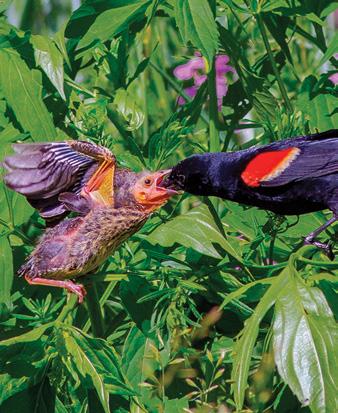
By Curtis Smalling
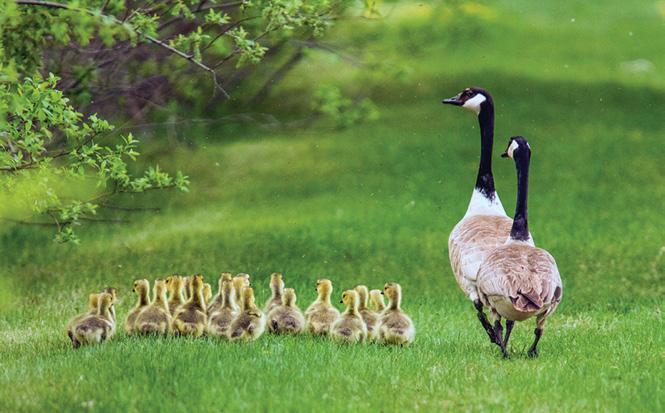
Canada Geese and goslings / Photo by Marilyn Grubb (National Audubon Society) Red -winged Blackbird
Photo by Don Mullaney
Young Yellow Warbler
Photo by Don Mullaney
Summer in the mountains. It is what we wait for all winter, and what folks from the lowlands can’t wait to come experience. Cool evenings, beautiful scenery, not too many bugs, and lots of great outdoor activities to experience with family and friends. It is also a time for gardens, yards, and nature’s bounty, and to start prepping for the coming changes in fall and winter.
As a bird watcher, one of the things you notice this time of year is that there are a lot more birds around. Young birds have hatched (mostly in May and early June) and are leaving the safety of the nest and eventually the care and feeding provided by their parents. For a lot of our resident birds, like Dark-eyed Juncos and Song Sparrows, the work of raising another, and sometimes a third, brood of youngsters continues well into summer. For most others that migrate away, one nest is the norm. But if that first attempt fails due to weather or a predator eating the eggs or nestlings, mating pairs will often re-nest a second or third time before giving up for the year.
Nests and eggs have fascinated folks for centuries, but what happens to the young after they leave the nest has been a persistent mystery through the years as the young birds hide, move, and become independent from their parents. We have all seen young birds sitting in the yard begging for a parent to come feed them outside the nest, and this a normal part of the process. In fact most young birds—known as fledglings after departing the nest—are cared for by their parents for at least as long as they were nestlings. This amounts to about two weeks for most songbirds but can be a few months for larger birds like hawks and owls as parents teach their young to hunt.
This is a critical time in the life cycle of young birds, with predation often taking 80 percent in the first week they are out of the nest. And this seems to be true for everything from Wood Ducks to American Robins, to Golden-winged Warblers. There are a lot of other birds, mammals, and reptiles out there looking for food for themselves and their babies, as well, and the game of cat and mouse (or bird in this case) has made for some interesting adaptations to protect those young.
Many young birds that are hatched naked and blind leave their nest before they have fully developed flight feathers and thus spend the first couple of days hopping and fluttering to adjacent dense habitats to hide from predators while still being available to parents for feeding. This is a most vulnerable time, and when we often see young birds in our yards or on our decks seemingly abandoned. In almost all cases they are not abandoned but being fed and often led to better cover—now is not typically the time to scoop them up and bring them in the house or to a wildlife rehabilitation clinic. Instead, you can gently move an exposed chick to the nearest shrub or denser cover. Their vocalizations will usually alert the parents to their location for feeding, and despite the folklore, most parent songbirds do not smell a human scent on the young. Keeping your pets indoors during this period can help a lot during this time.
As tracking technology has gotten better and smaller, we can finally get some real data on how young birds fare, move, and develop after leaving the nest. Affixing very small transmitters to young birds has allowed us to peek inside this mysterious time. We know that most young are coaxed and led by parents to dense cover away from their nesting site. For Golden-winged Warblers this can be up to 300 yards away over the course of about a week until the young are fully able to fly. Another interesting adaptation is the practice of brood splitting. For a typical nest that fledges about 5 or 6 birds, half will follow their mother and half their father. These two groups then come back together in about eight or nine days to reconnect and stay together for most of the rest of the summer; the fully flighted young are now able to move and return much faster and farther than during that first week. In fact, with Golden-winged Warblers, if the young survive the first week, they are just as likely as their parents to survive to begin migration in September.
We also see what amounts to nursery areas for young birds with really good cover supporting fledglings of several species and ages, often moving together—“safety in numbers,” especially when dense cover is limited. We see this with grassland birds impacted by haying operations as they move to fence rows and other areas of denser vegetation following mowing. This move, however, can make them more vulnerable to mammalian predators like foxes and coyotes, so the more cover that is left, the better. This “coming together” is very common and by early June we are already seeing large flocks of young fledglings, European Starlings for example, gathering on power lines and trees.
We are also learning some interesting things about how young birds undertake their first migration, often after their parents have left for their wintering homes in Central and South America. The miniaturization of transmitter and data loggers is unlocking these mysterious periods for researchers and conservationists. In one example, young Osprey seem to go south and stay over land as much as possible, taking them down through Florida, across Cuba and Hispaniola, and then to South America. But if a young bird gets blown off course, it may repeat that altered course in subsequent years, even if that track is much farther than necessary.
So, this summer as you see baby birds in the yard and garden, hear the begging screams of young Red-tailed Hawks in August as their parents wean them from support, or see large flocks of young starlings gathering together, remember that there is a whole summer of dangerous times for young birds. You can help by keeping your pets indoors or on a leash, moving young, exposed birds to the closest cover, and learning about this fascinating period of their lives. For more on how we are learning about birds’ full life cycles, visit https://www.audubon.org/conservation/ migratory-bird-initiative. Curtis Smalling is a Boone resident and the Director of Conservation for Audubon North Carolina.


Wup-D-Doo.com
Look for my book in area stores. Save big $$$ on Eating, Playing & Shopping!






Spectacular Super Duper






High Country COUPON BOOK!
Over $600 worth of Savings! Banner Elk and Surrounding Areas
Furniture • Appliances Small Household Items • Books Clothing & Accessories 1/2 Off on clothing every Saturday!
Donations welcomed. Pick up available for furniture and appliances Thank you for your continued support
828-262-5029 877 West King Street, Boone NC Open Mon-Sat, 9am-5pm
SPONSORED BY RESORT AREA MINISTRIES

828-963-5962 www.BannerElkHeatandAir.com

Air Conditioning Ductless Systems Furnaces

Indoor Air Quality Maintenance Heat Pumps 4393 Elk Park Highway Elk Park, NC 28622
info@offroadmountainwarriors.com


Spangler Restoration are trained specialists in fire, water and storm damage restoration, mold removal, and much more for residential and commercial properties. Our locations in Charlotte, Greensboro, Hickory, Raleigh and Boone allow us to service most of North and South Carolina. We partner with all major insurance companies for your convenience and peace of mind.
www.callspangler.com 828.759.5820

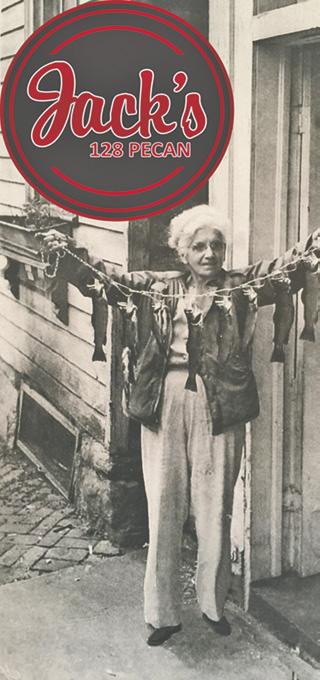
Fri. Sept. 16, 1-8 p.m. Sat. Sept. 17, 8 a.m.-5 p.m.
Antiques, Primitives, Collectibles, and Food
Downtown West Jefferson
For applications: E-mail debmoe@skybest.com Pick up at Antiques on Main Call 336-977-9165
EAT, DRINK, BE SOCIAL...
Lunch • Dinner • Full Bar Tues-Sat, 11am-9pm 128 Pecan Street Abingdon, Virginia (276)698-3159


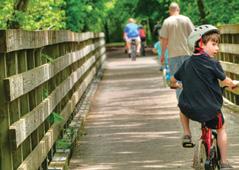
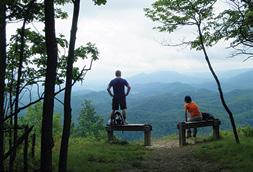
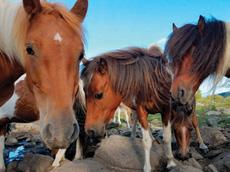
It’s Always Play Time in Abingdon
Home of the Virginia Creeper Trail and the Barter Theatre, Abingdon, VA offers outdoor recreation, arts and culture, history, and an exclusive culinary experience. Stroll down Main Street, browse our unique shops, and visit local artisans right in their studios. Named USA Today 10 Best Small Town Food Scene 2019, 2020 and 2021. Explore the charm and make memories that will last a lifetime. www.visitabingdonvirginia.com | 800.435.3440










